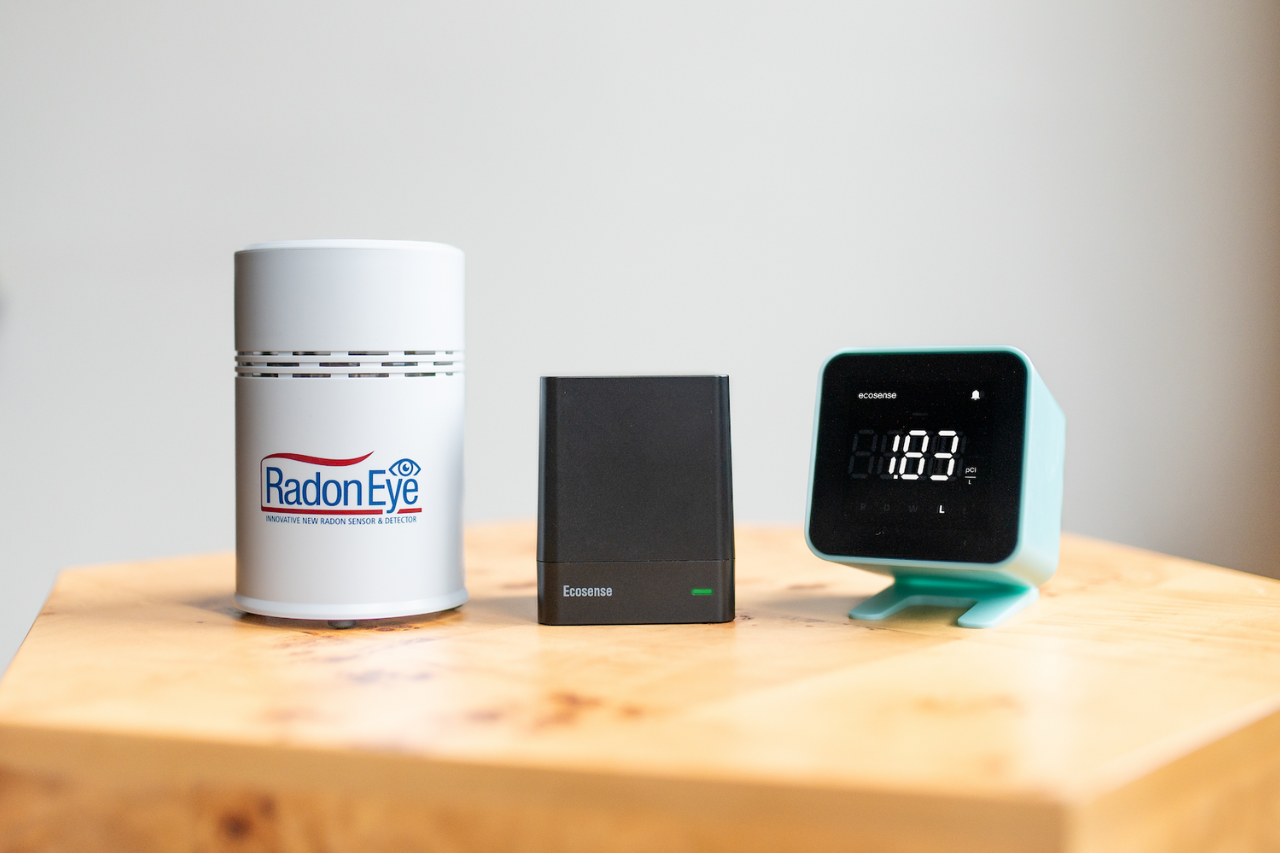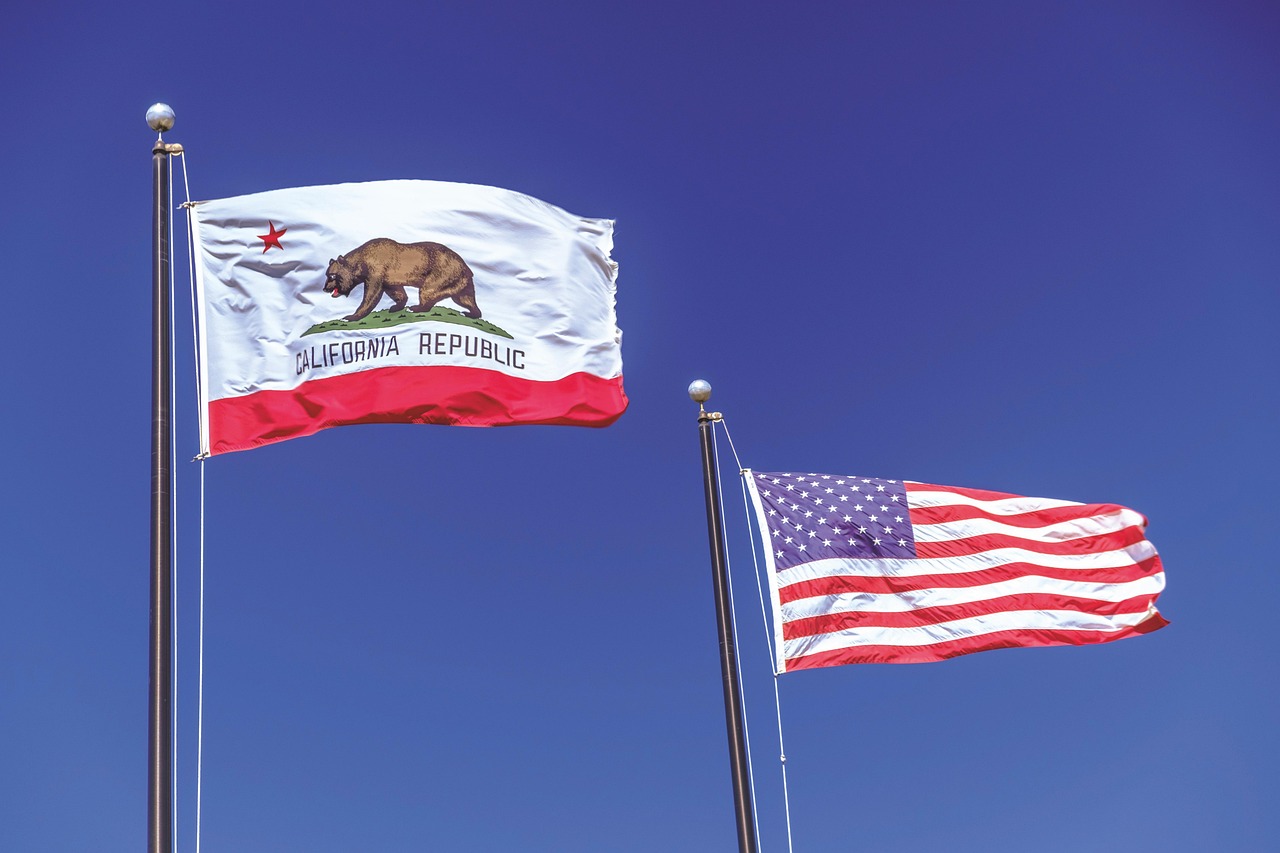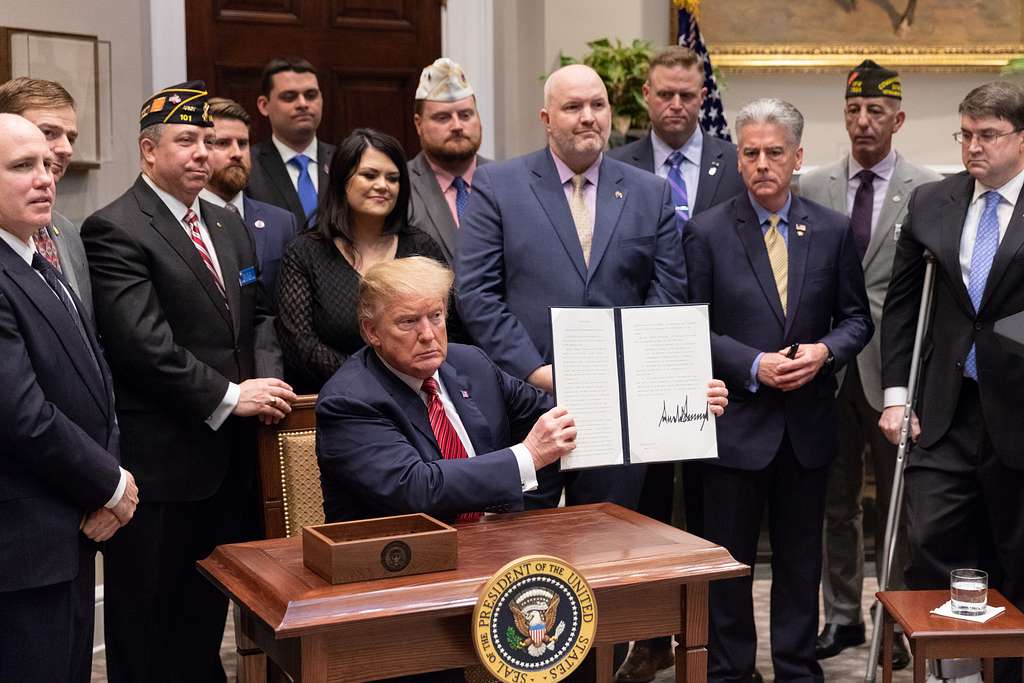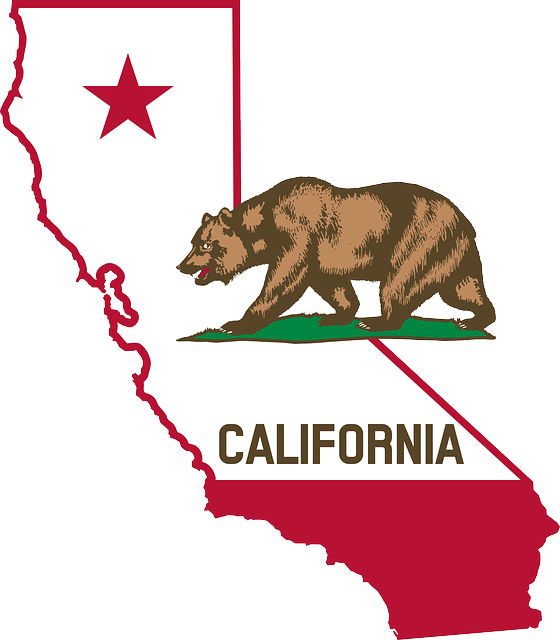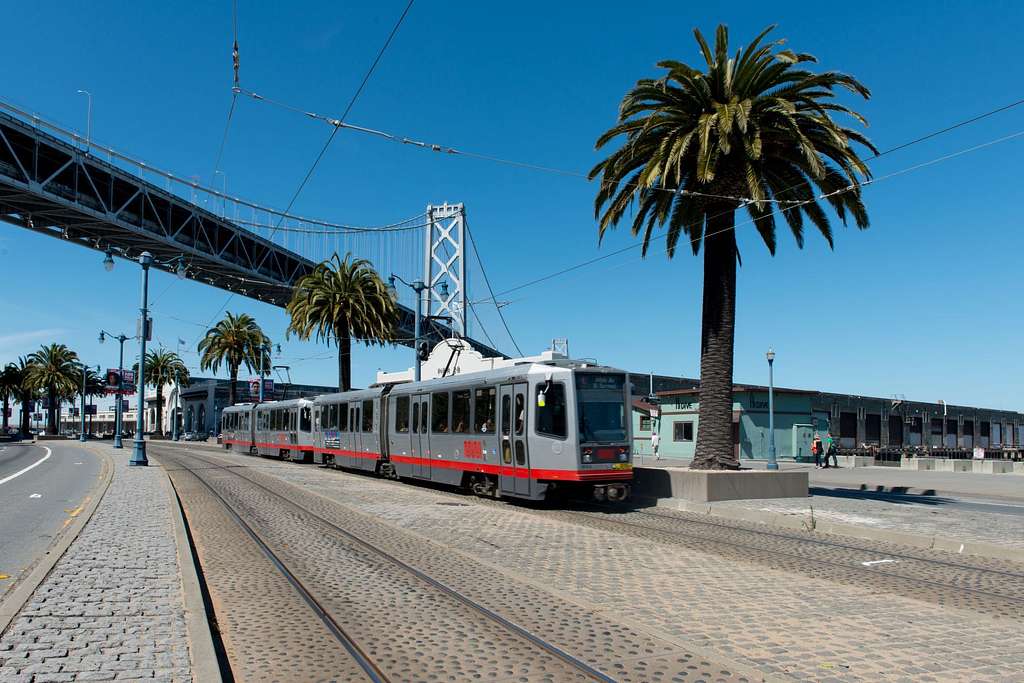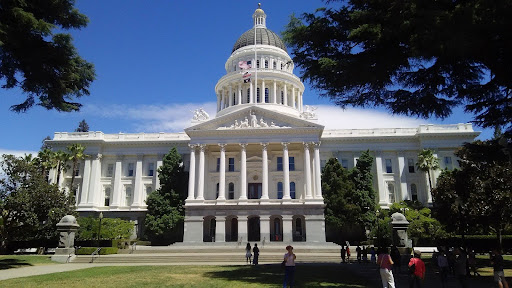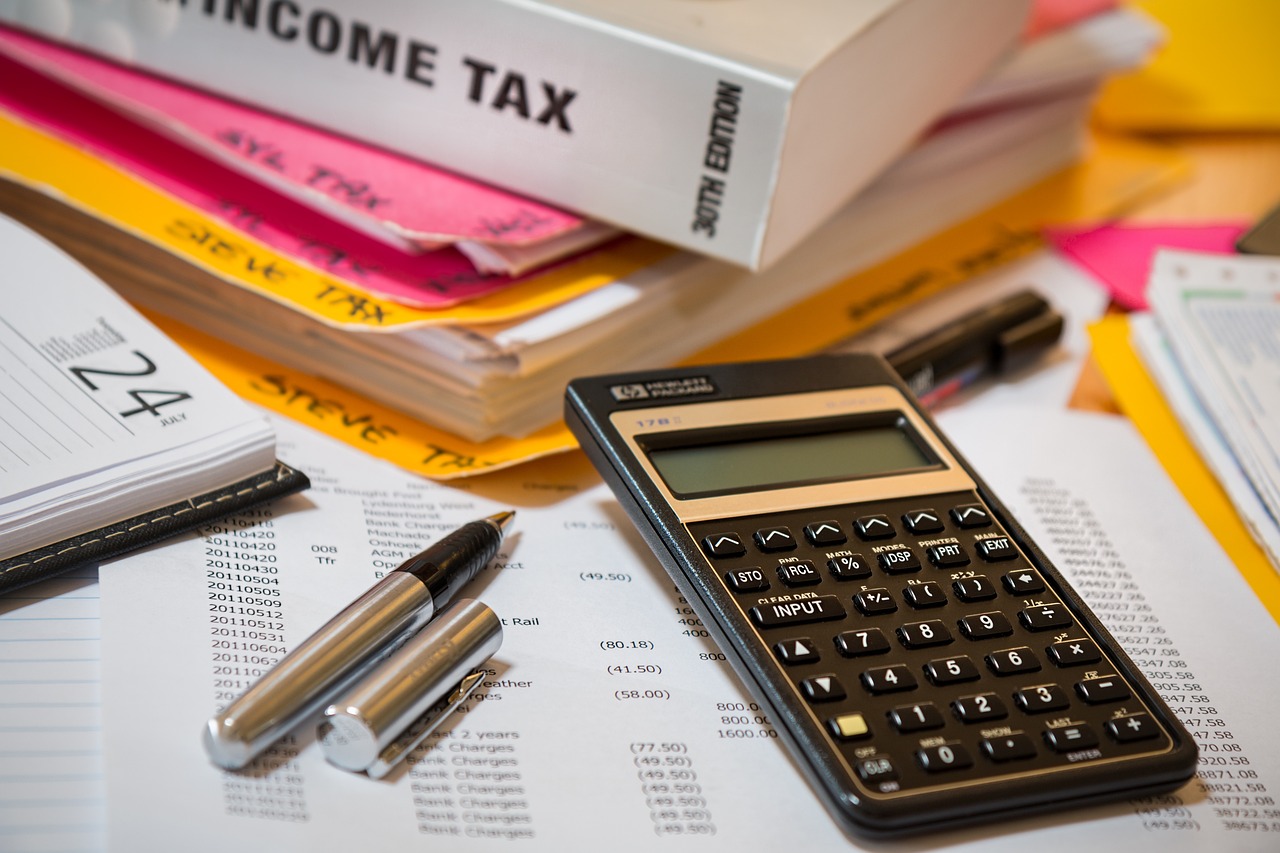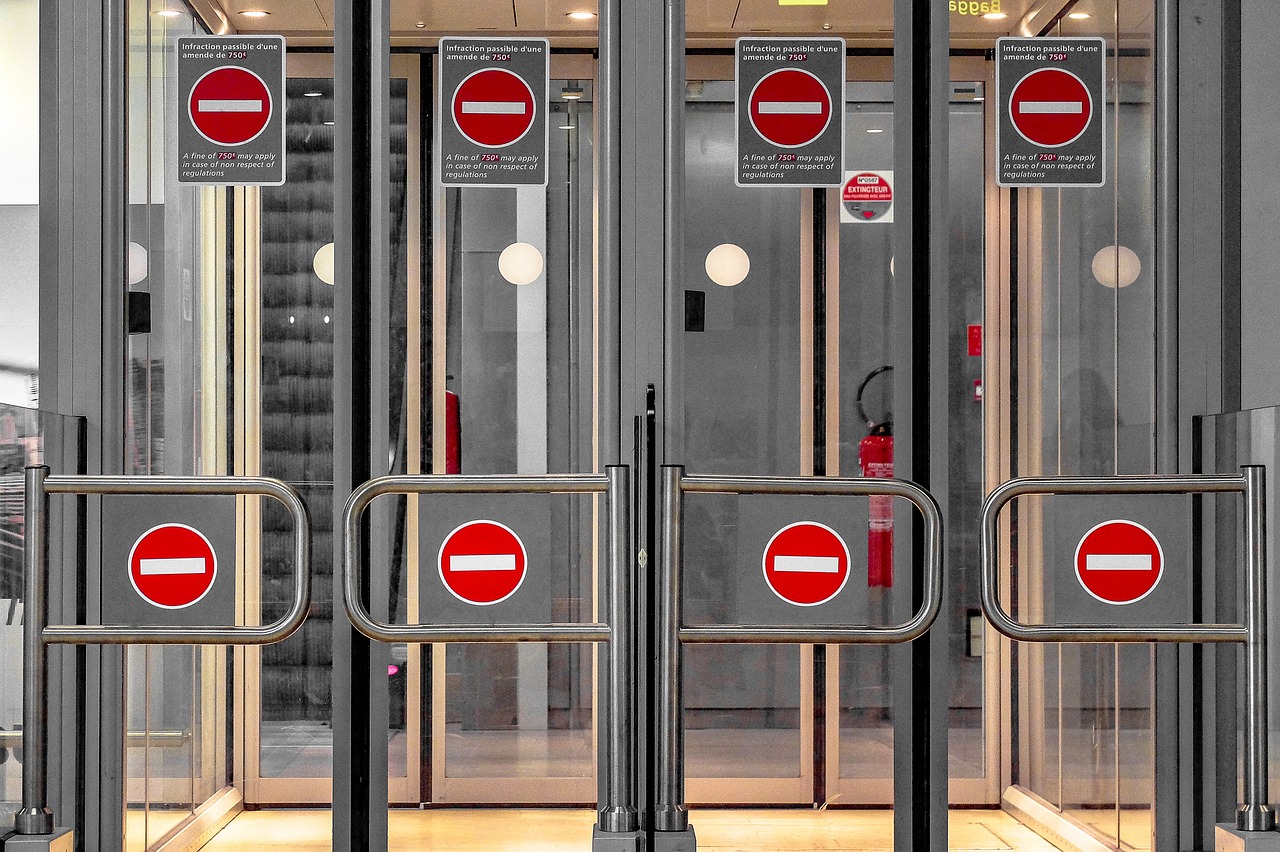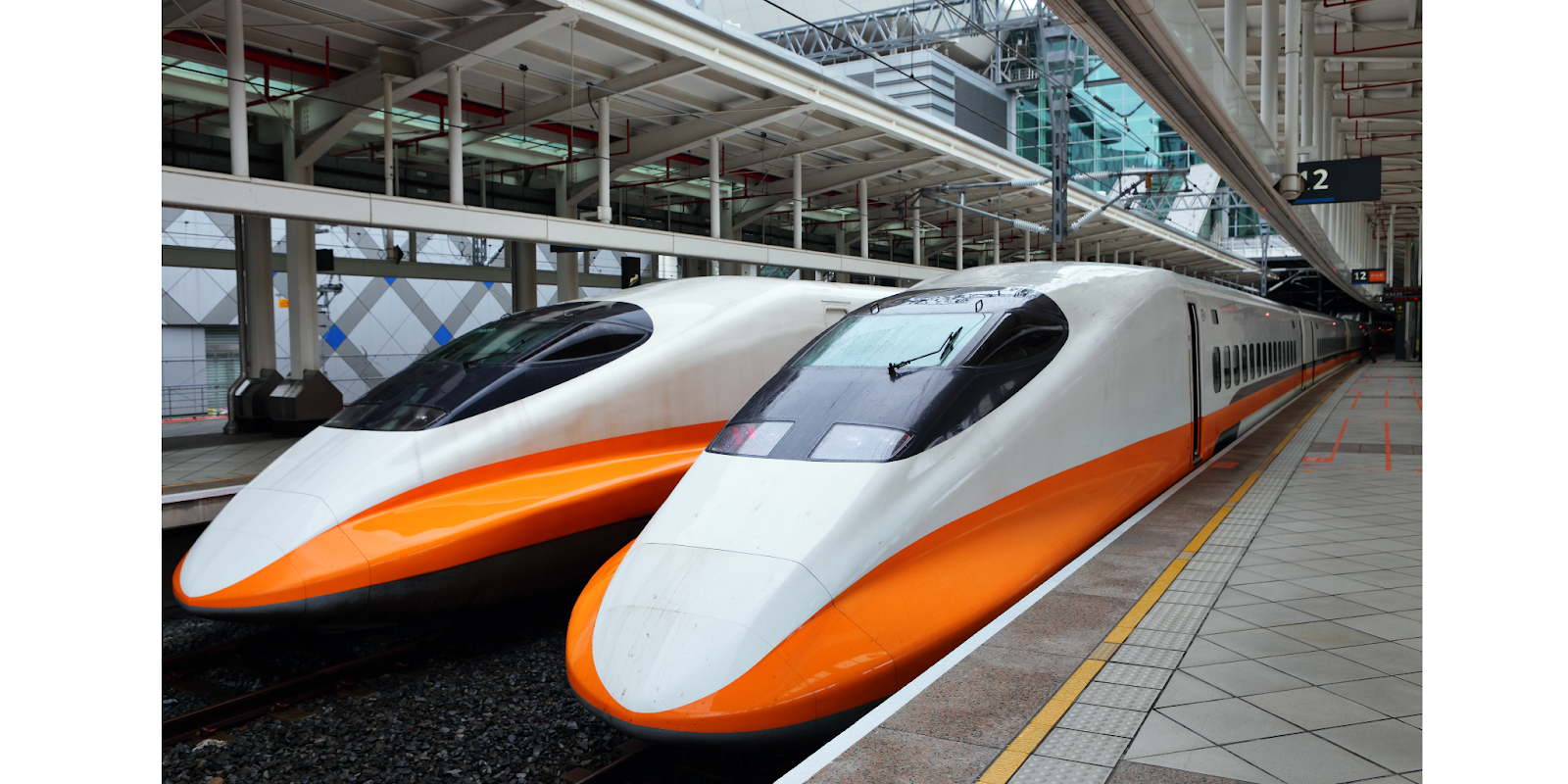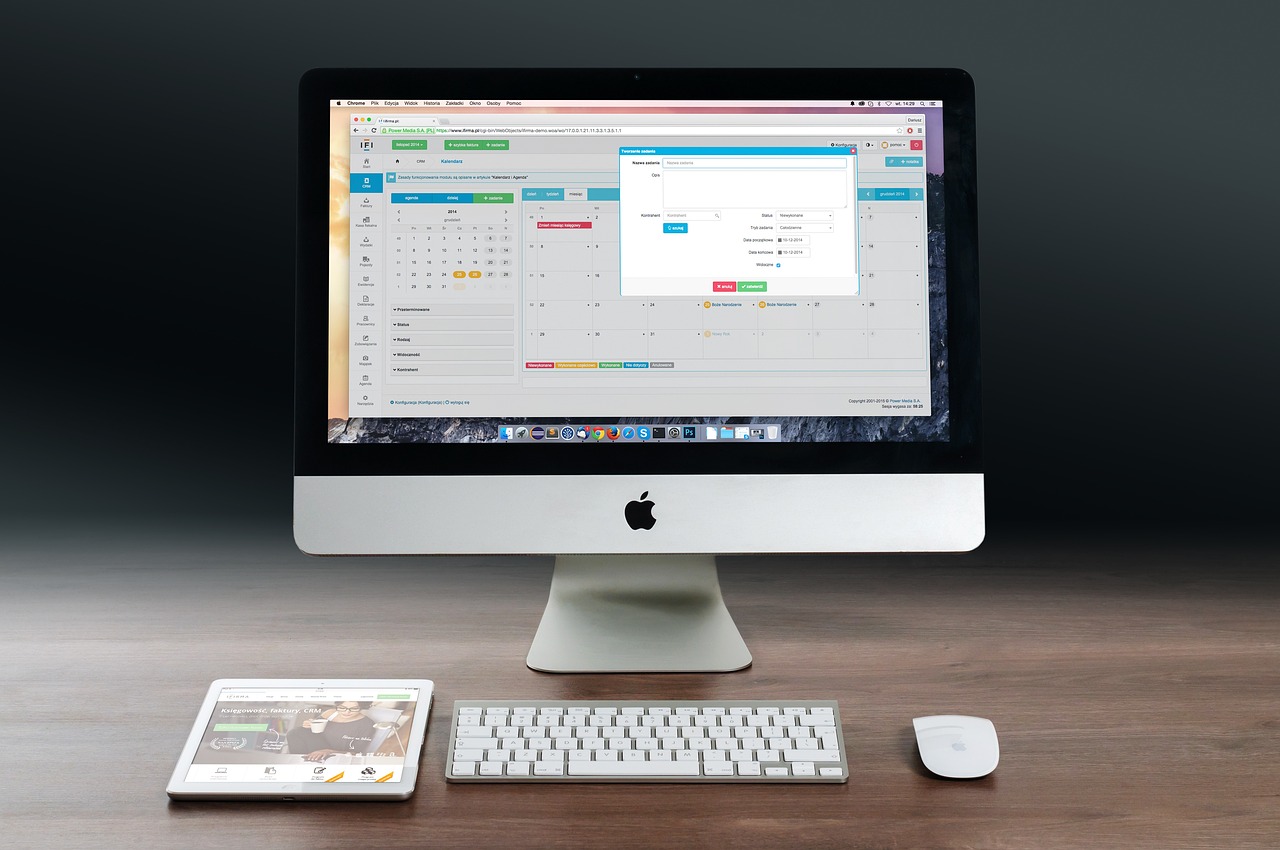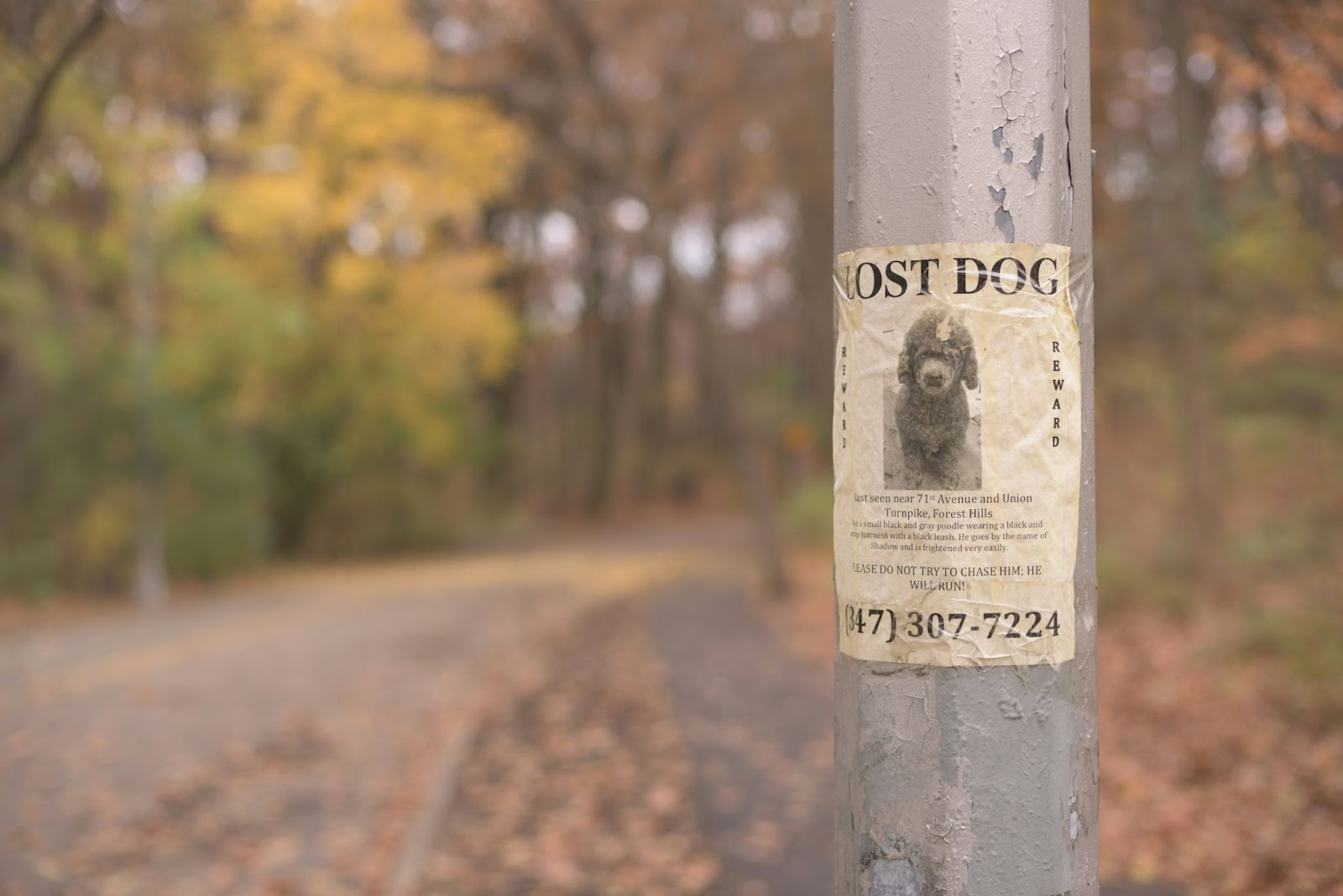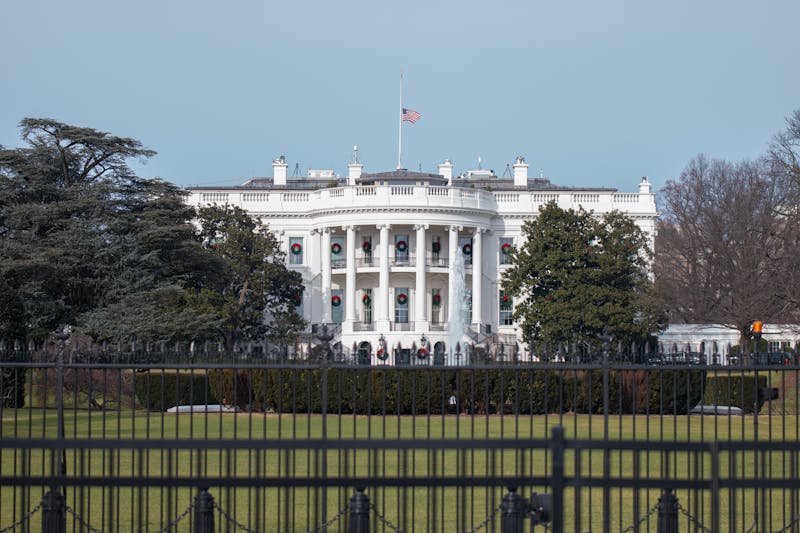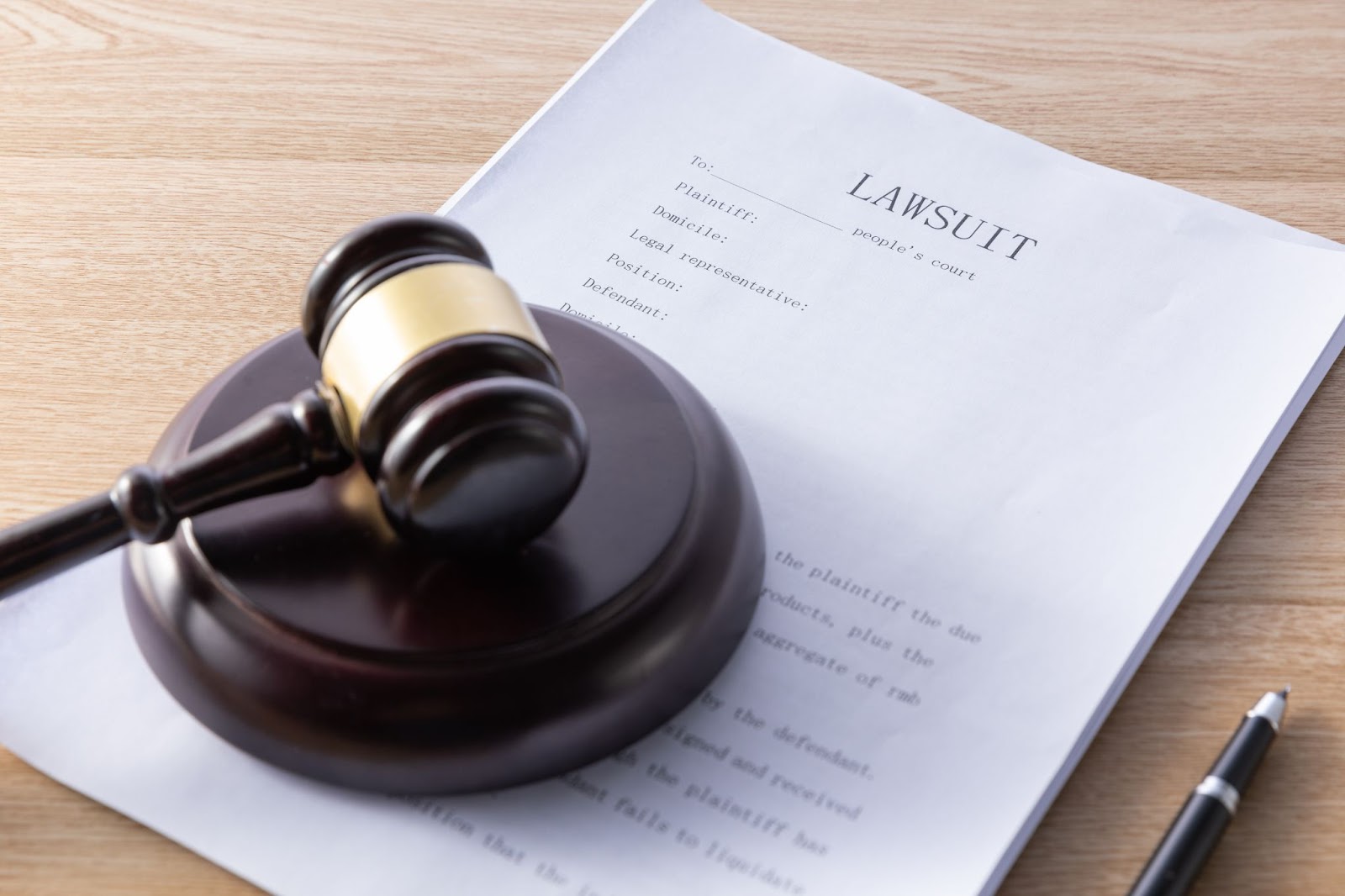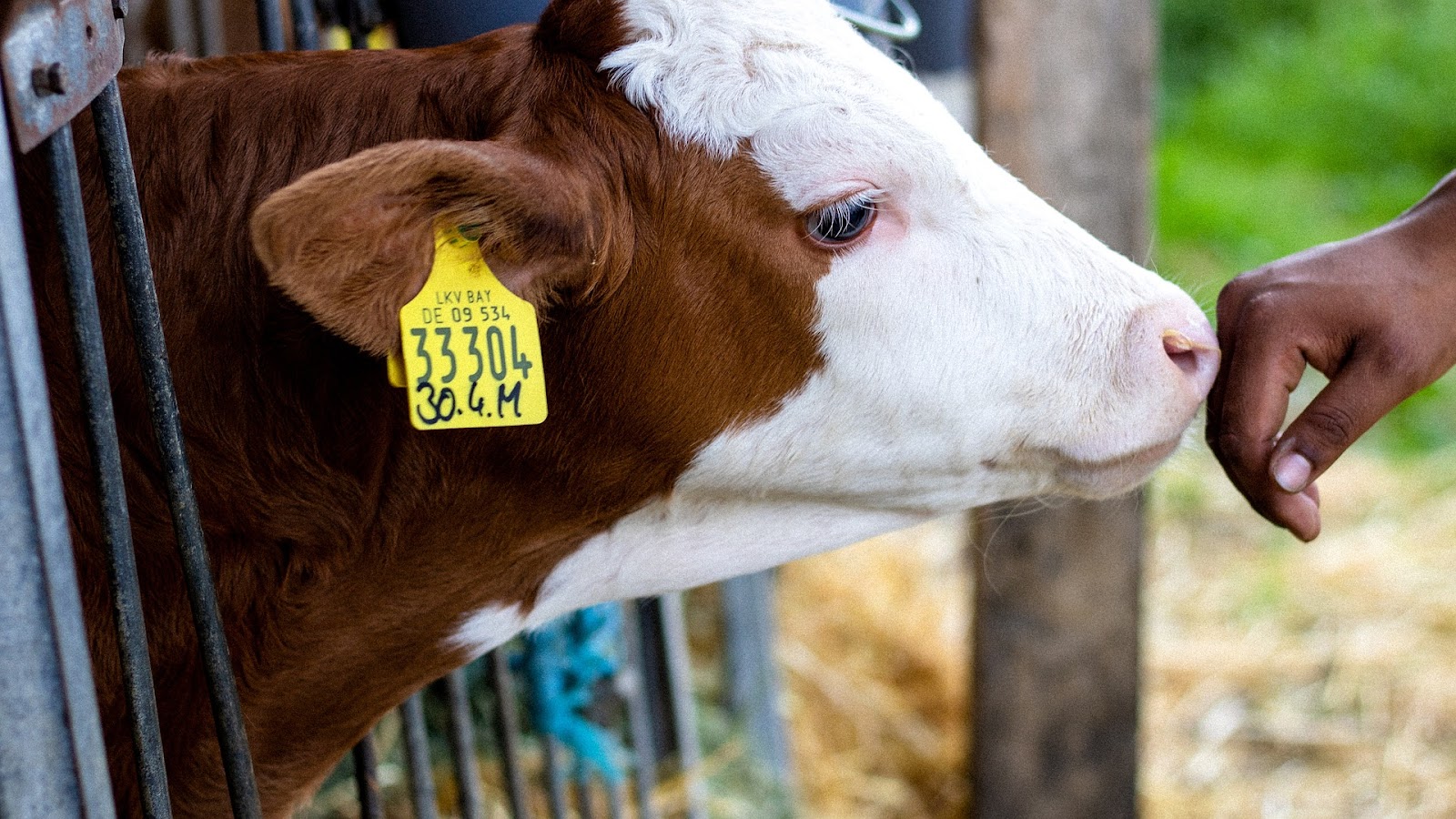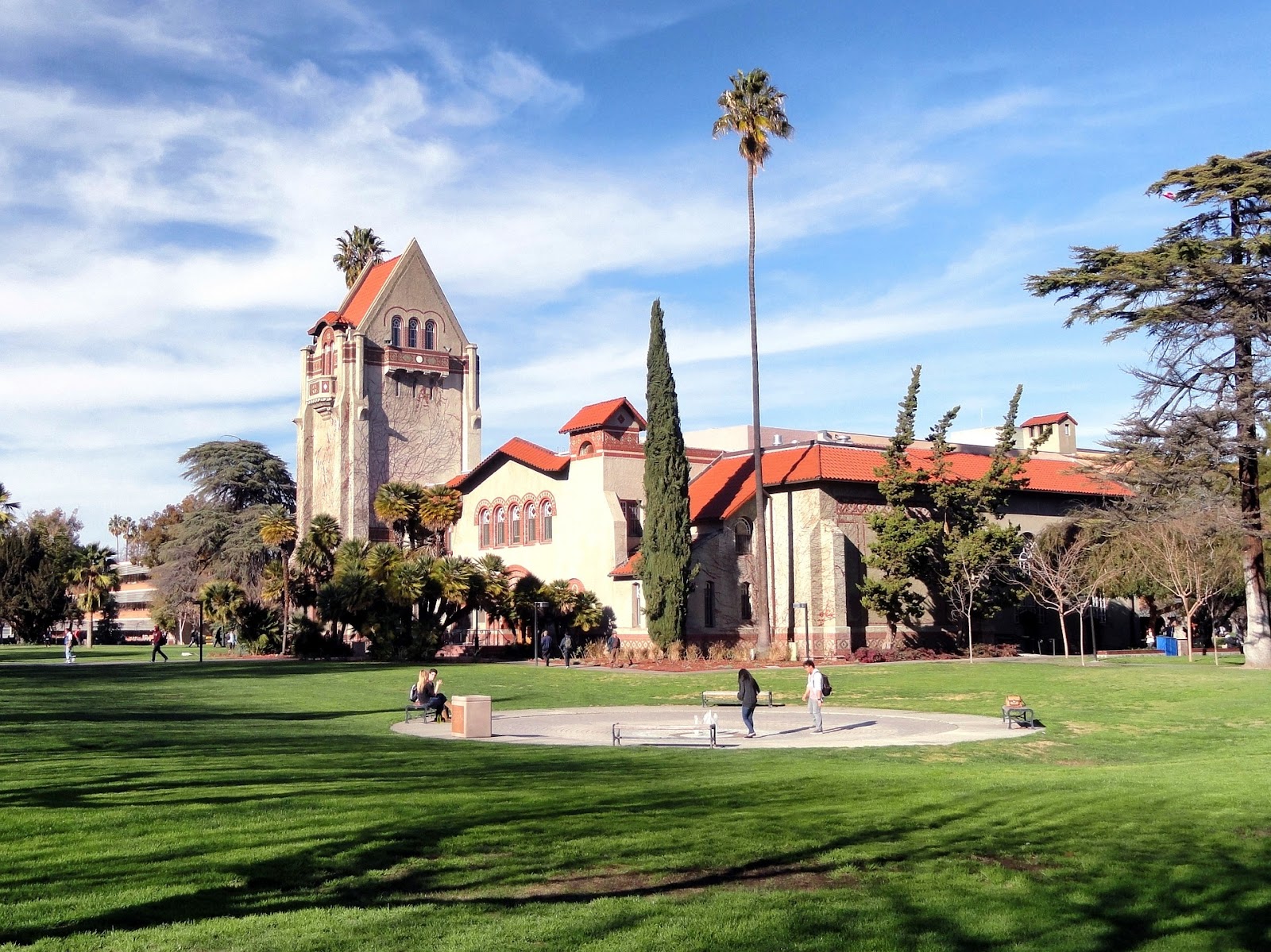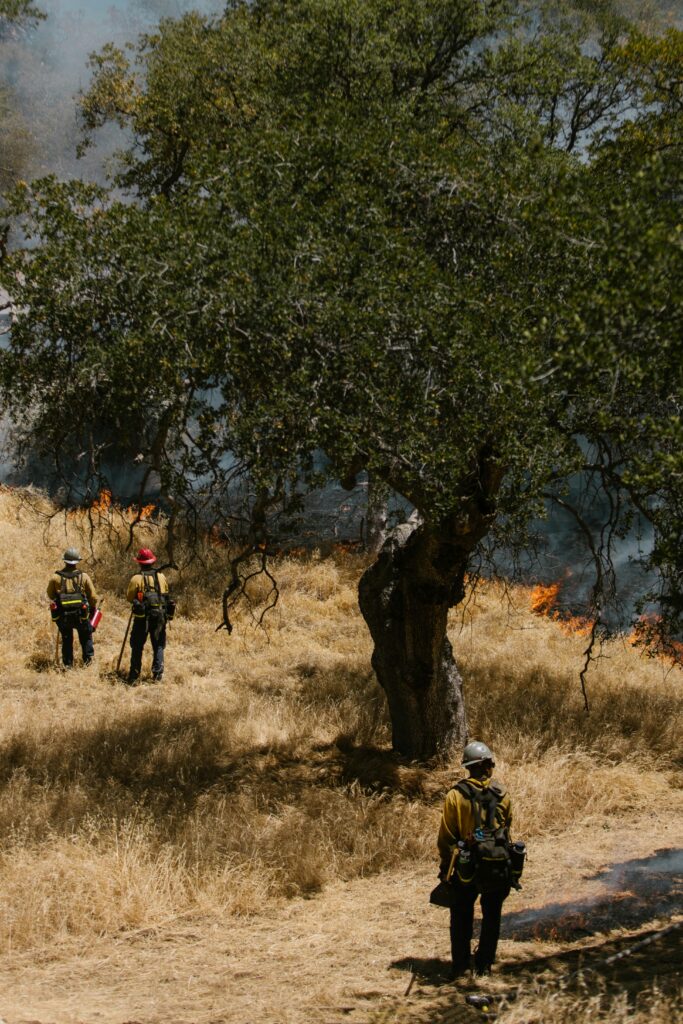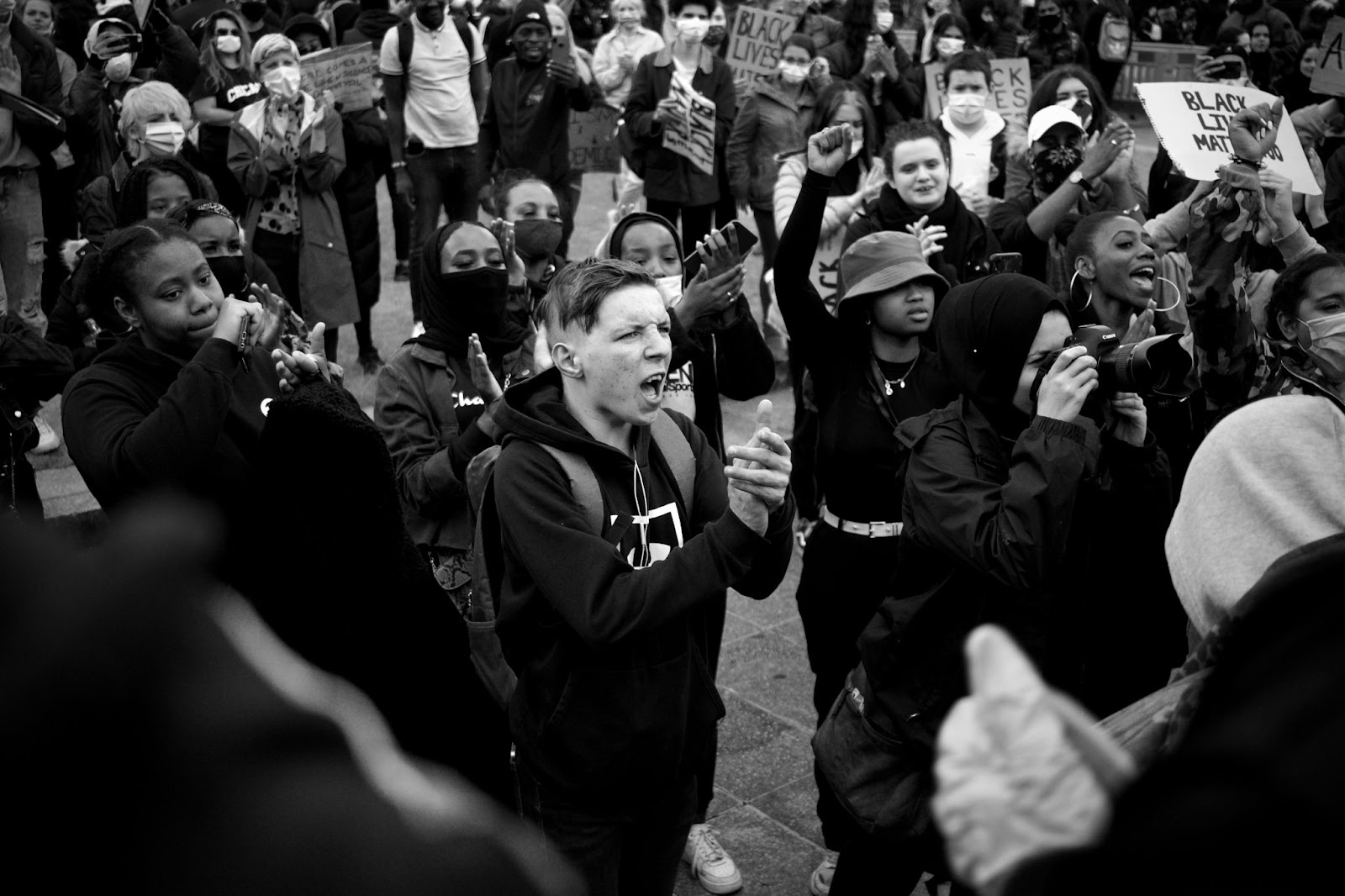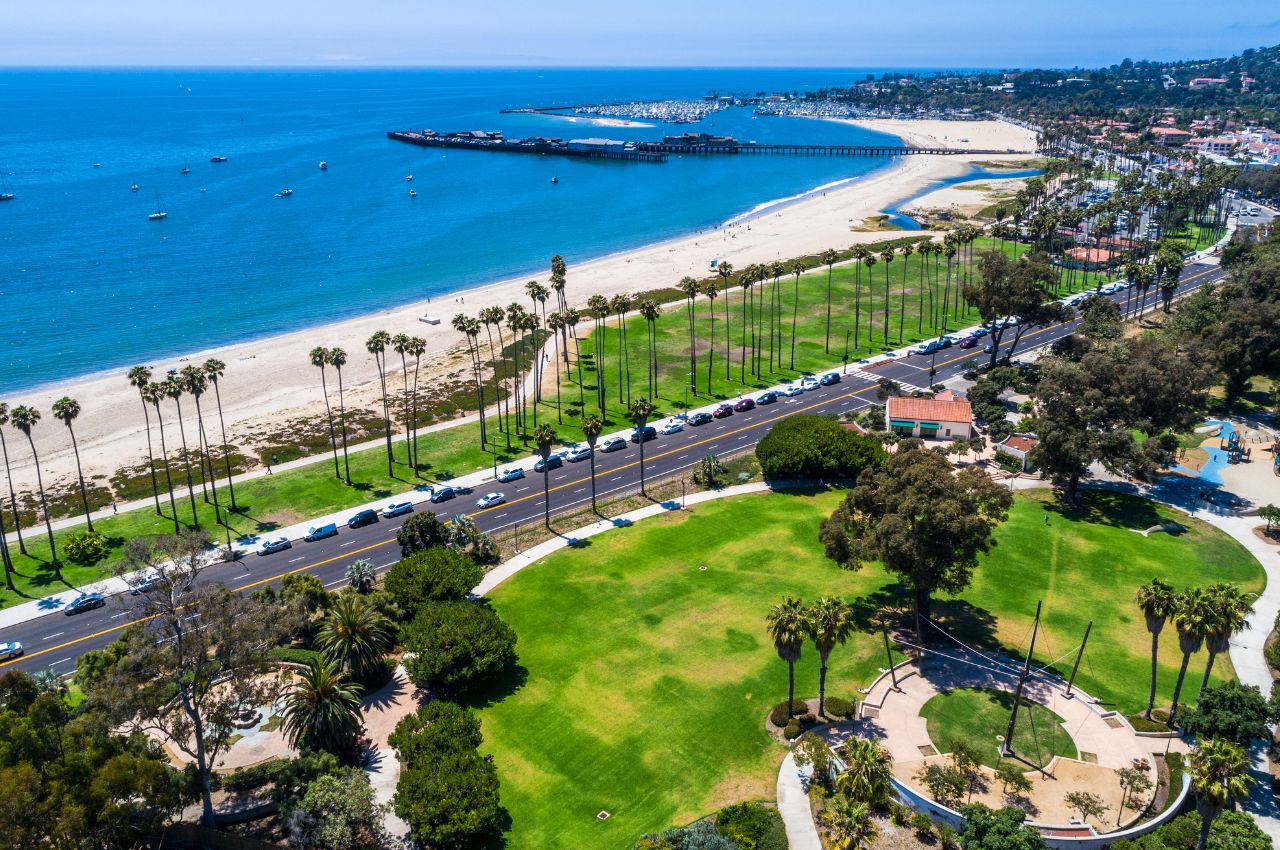As the state moves toward electric vehicles (EVs), California transportation officials are proactively addressing the looming funding shortfall in road maintenance and repairs. The California Department of Transportation is launching a pilot program to investigate alternate funding modalities, as it is anticipated that the adoption of electric vehicles will result in a major drop in gas tax income in the upcoming years.
The six-month experiment will be open to drivers of all car kinds, including electric and gasoline-powered ones. The pilot program is scheduled to start in August. Aware that the state’s gasoline excise tax, which now provides around 80% of the money for highway and road repairs, is about to fall in income, officials are looking for workable alternatives to continue maintaining infrastructure.
The manager of CalTrans’s Road Charge Program, Lauren Prehoda, stressed the need to address the widening gap in funding for road upkeep. Even while the annual cost that owners of electric vehicles pay is now lower than the gas tax, it is still not enough to close the financial gap. Two payment options are being tested by this pilot program: a fixed charge per mile and a customized rate depending on a car’s fuel efficiency.
This iteration will entail actual financial transactions, in contrast to earlier pilot programs that concentrated on feasibility studies. The estimated 800 participants statewide will be required to pay a monthly mileage-based travel charge. Participants will get a credit equal to the petrol taxes or EV registration costs they have paid, preventing double taxation. As a reward for their participation, members can get gift cards worth up to $400.
Prehoda emphasized how crucial it is to preserve fairness among Californians while guaranteeing the ease of use and dependability of the collecting procedure. The initiative aims to address issues brought up in earlier research, such as the usage differences on private vs public roads and the possible disproportionate impact on rural and indigenous groups.
There is a strong sense of urgency to develop a sustainable finance mechanism for road maintenance since the sale of new gas-powered vehicles is set to be prohibited by 2035. Since 2016, California has been exploring numerous pilot projects to investigate alternative revenue streams and reporting procedures. The state has been debating this topic for ten years.
Prehoda invited anyone interested in participating, saying, “This is your opportunity to figure this out together with us; to solve an issue that the state of California has.” She emphasized the need of keeping roads in good working order and the negative impact that neglect has on car lifetime and safety.
Given the increasing prevalence of electric vehicles on state roads, the accomplishments of this pilot program may open the door to a more sustainable and fair funding structure. Now that the last test is underway, decision-makers want to learn a lot that will help them in the future when it comes to funding infrastructure.
State representatives are taking a proactive stance in tackling these issues head-on, as seen by the pilot program’s focus on evaluating alternate payment mechanisms. California hopes to improve its plan for maintaining essential infrastructure in a time when transportation standards are changing by involving people in real-world situations.







